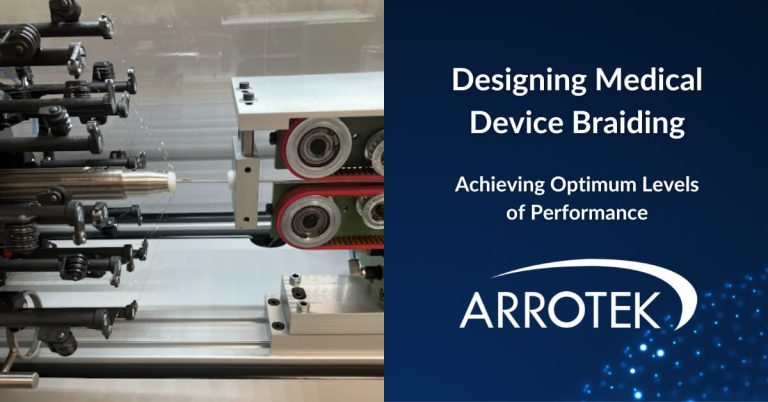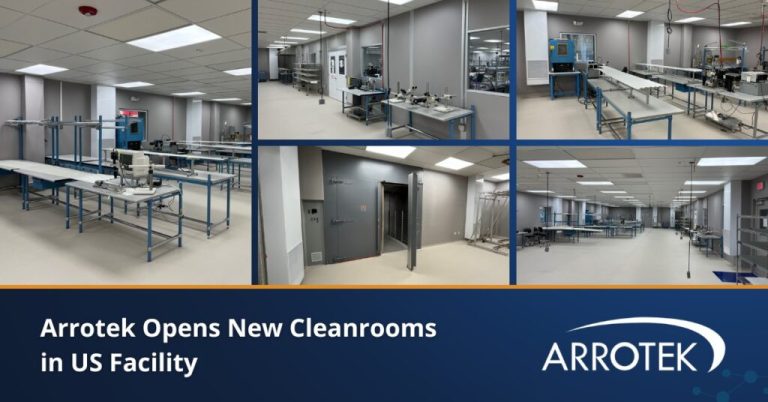In a previous blog, we gave an overview of human factors engineering and how it relates to medical device product design. It is primarily about anticipating potential user errors and making adjustments to the product’s design to reduce the risk of those errors from occurring. The primary objective is to improve safety, but human factors engineering also offers commercial and user experience benefits.
The company you appoint to design and develop your new medical device product will look after the specifics of human factors engineering. That said, it is a process that impacts everything from the packaging and instructions to the appearance of the device and how it is used. Therefore, it’s also important you have an overview of human factors engineering in medical device design.
On the Hunt for User Error
What are you looking for with human factors engineering? It is about eliminating user error, although not in the way the term user error was used in the past. In the past, user error meant something that was the user’s fault. Today, user error is regarded as something the medical device manufacturer needs to anticipate and take steps to mitigate.
According to the FDA, user error is where an action or lack of action from the user differs from what you expect. This action or lack of action is not caused by a failure of the device but did cause a result different from what the user expected, whether that result caused harm or not.
Remember also that human factors engineering is about anticipating potential user errors as well as dealing with those you know have happened.
Key Considerations in Human Factors Engineering
Human factors engineering involves considering all aspects of the interaction between users and your medical device. This includes:
- How the user perceives the information presented to them, including information on the device, information in printed instructions, and intuitive information based on the design of the device.
- How the user will then process the information presented to them, considering both individual bits of information and the information as a whole.
- Elements of the design aimed at controlling how the device is used.
- What the user does with the device.
- How the user reacts to various responses or situations as a result of using the device.
It is also important to consider who, how, and when:
- Who will be the main users of the device, and what knowledge or experience will they have? For example, will the device be used by experienced doctors or consultants, more junior or less qualified medical professionals, or people with no medical training at all? Specifically defining the user of the medical device is a crucial part of human factors engineering.
- Where will the device be used? For example, will it be used in a surgical setting, a treatment room, etc?
- What circumstances will the medical device be used under? For example, will it be used during urgent medical emergency situations or in a planned setting?
Investigating similar devices is another important part of human factors engineering. This is where you look to discover known issues so you can take steps to mitigate them.
Human factors engineering isn’t just theory, however, as you also need to carry out usability testing to check whether the measures you have taken have reduced the identified risks. You also need to include human factors in validation testing.
Key Steps in the Process
- Research and investigation before finalising the Use Specification document in the pre-design phase.
- User-related risk assessments.
- Designing and evaluating the user interface.
- Usability testing.
- Evaluation of the UI design based on the usability testing.
- Validation testing.
- Analysing residual risks.
Human Factors Engineering Best Practices
- Human factors engineering should be considered as early in the process as possible to prevent situations where you have to go back to change part of the design that worked in theory but failed on the application of human factors engineering.
- As a result of the above, human factors engineering and the creation of the user interface design should be part of the milestones you set for the development process.
- It helps to get feedback on validation testing from regulators before testing. Doing this reduces the potential of making changes later in the process when those changes are more costly.
- It is recommended you consider your whole potential market rather than just a narrow element. If you focus too narrowly during the initial design of your medical device, you might find that human factors limit your potential to scale the product in the future as the device was only designed to be safely used by a very specific set of users.
Optimising the Design of Your Medical Device
There are multiple elements required to optimise the design of your medical device idea. It has to work as you plan it to work, but it also has to be commercially viable, so design for manufacturing is important.
Human factors engineering is essential, too, so it should be high on the agenda throughout the process.





